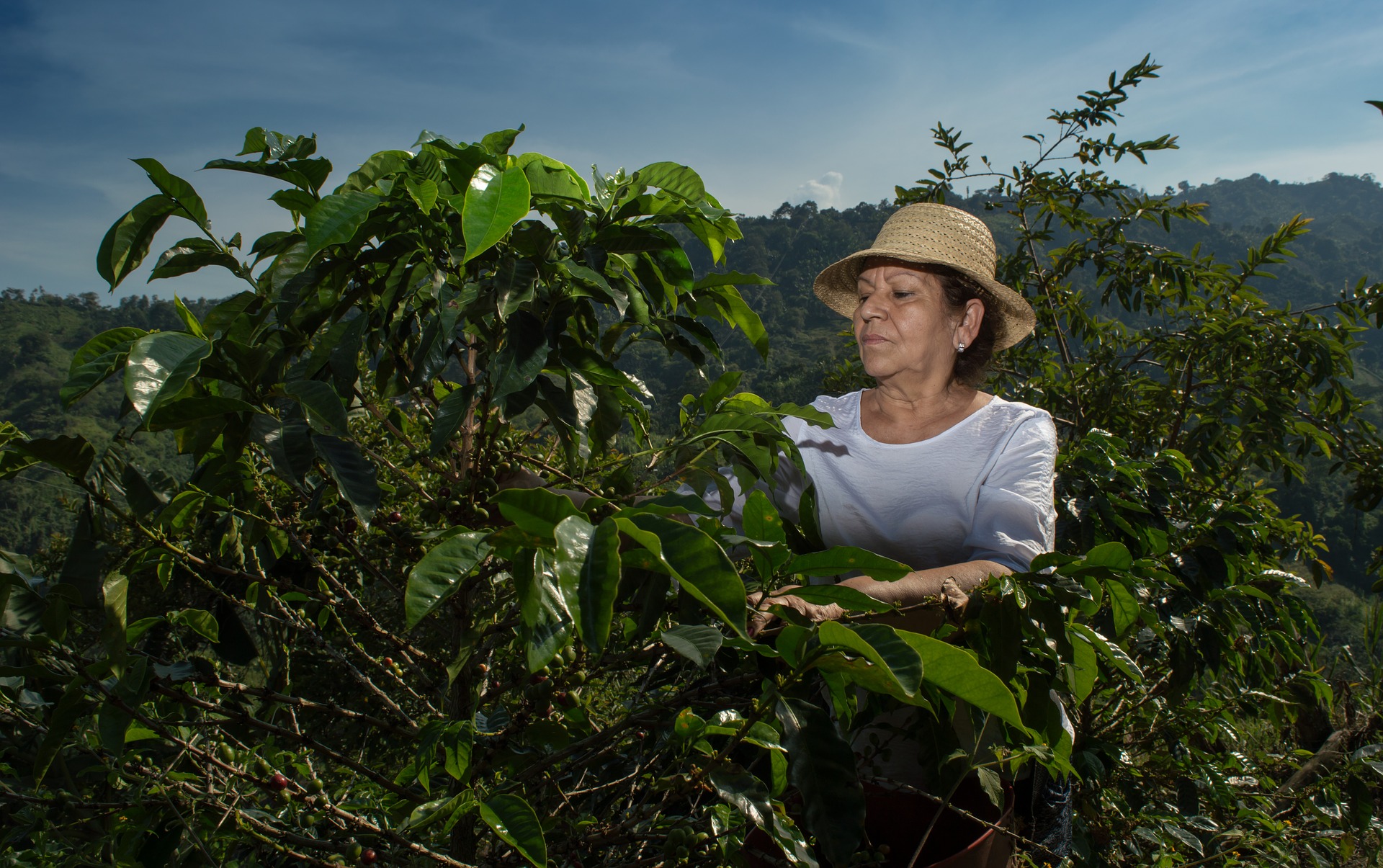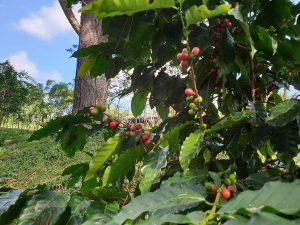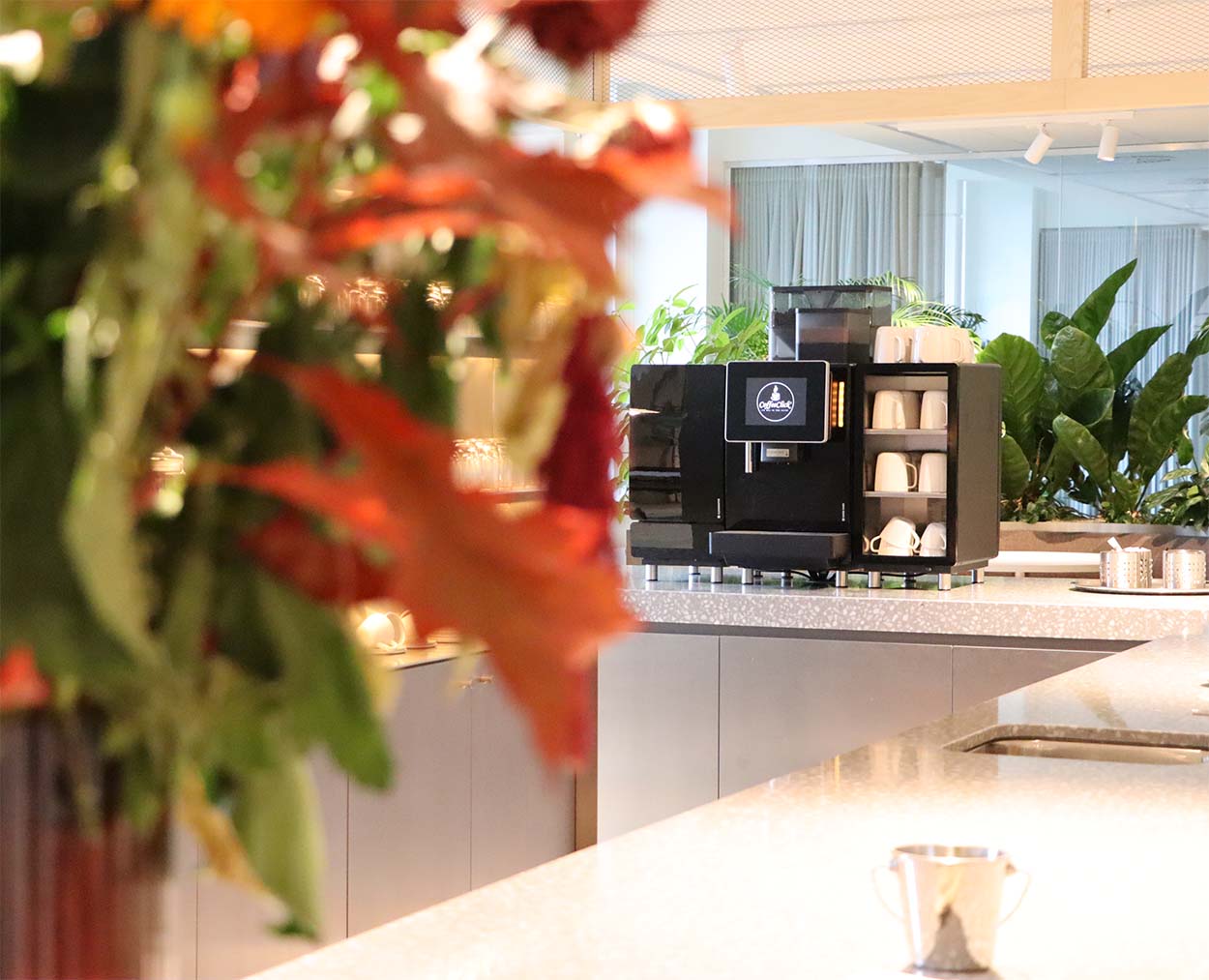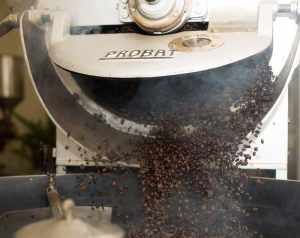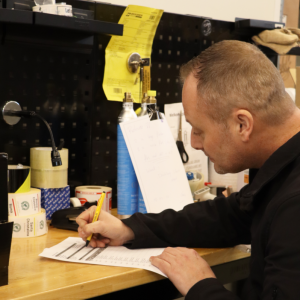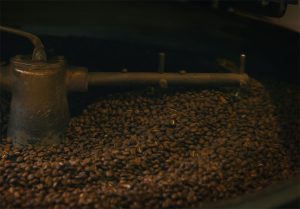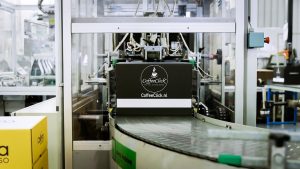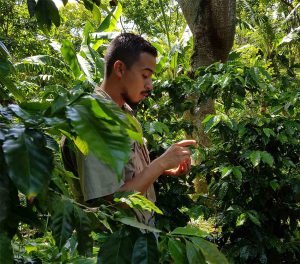Ever wonder how coffee farmers pick the ripe coffee berries? And how do they extract that fragile bean from the berry? Grab a delicious cup of coffee and sit back and relax, then we'll begin the explanation.
Inside the coffee berry, as we read in the previous blog, are two small coffee beans, and surprisingly, those beans are particularly well protected: first, they are enveloped by a silver loss, horn skin and mucus layer. Then there is a layer of pulp over that, or pulp, and the pulp is again enclosed by the skin of the berry.
Over time, the coffee berries are glossy red in color and ready for harvesting. For Arabica, this takes about six to eight months and for Robusta, nine to 11 months. The harvest time of different coffee beans varies considerably due to climatic conditions within the "coffee belt." The vast majority of coffee countries harvest once a year and some countries such as Kenya and Colombia, can harvest two to four times a year.
The berries are harvested when ripe in two ways: strip picking and selective picking. In selective picking, as a matter of course, only the ripe berries are picked. This happens mainly with the high-value coffees and the Arabica coffee bean. Because of the high altitude at which the Coffea Arabica grows, it is difficult to harvest the beans by machine. Because of this, the coffee beans are mainly picked by hand, fortunately for us, this benefits the quality.
A much more common method in the coffee world is strip picking, which is also known as rustling. With this method, all coffee berries are picked at once regardless of their ripeness, then all ripe berries are sorted out. The ris method is faster and easier than the selective method, however, it also causes farmers to lose more crop. Unlike Arabica, this method is widely used with Robusta.
